Downstream aluminium products exports in the GCC countries continue growth trajectory
The Gulf Cooperation Council (GCC) countries have emerged as a major hub for primary aluminium production. The aluminium industry, which began only four decades ago with Aluminium Bahrain (Alba), is now one of the key economic drivers for the Gulf region, the fastest growing aluminium producer and exporter after China. The region not only provides an opportunity for the primary aluminium sector but also offers the potential for the development of downstream industries like flat rolled products, extrusion, foil and wire rods. The GCC countries have top companies with their downstream operations.

The GCC’s 40% of total primary aluminium production is used by the domestic downstream aluminium industries and about 60 per cent is exported to different parts of the world. The building, packaging, construction, transportation, automotive, electrical, and engineering and various other sectors are the key drivers of the domestic aluminium downstream products. The list of major GCC downstream players includes Gulf Aluminium Rolling Mill (GARMCO), Ma'aden, Aluminium Products Company (ALUPCO), Oman Aluminium Rolling Company LLC, Ducab Aluminium Company, and Gulf Extrusion Co. (LLC), among others.
The GCC region’s usage of aluminium in the form of flat rolled products (FRP) was close to 410,000 tonnes in 2018. Aluminium foil and extrusions usage in the GCC region was estimated at around 105,000 tonnes and 400,000 tonnes last year.
GARMCO of Bahrain is the major aluminium flat rolled products (FRP) producer in the Middle East region. With an annual production capacity of 165,000 tonnes, GARMCO specialises in producing high-quality flat rolled aluminium products in various sizes and alloys, including sheets and coils. The United Arab Emirates, Saudi Arabia, and Oman are the other key GCC countries that export a substantial amount of downstream products to the international markets.
Let’s analyse these four Gulf countries’ foreign trade trends for aluminium plates, sheets and strips in 2017, 2018 and 2019.
The four GCC countries (Bahrain, the United Arab Emirates, Saudi Arabia and Oman) together exported about 5,32,320 tonnes of aluminium plates, sheets and strips in 2018, an increase of 220,763 tonnes or 70.86% from a year earlier. The four GCC countries’ exports have been increasing year-on-year. In 2019, their exports are expected to reach 720,351 tonnes, up 131.21% from 2017 and 35.32% from 2018.

As shown by our data, Bahrain exported 170,847 tonnes of aluminium plates, sheets and strips in 2017, which grew by 0.08% per cent to reach 170,717 tonnes in 2018. In 2019, Bahrain is estimated to export around 194,514 tonnes of plates, sheets and strips, up 13.85% from 2017 and 13.94% from 2018.
Exports of plates, sheets and strips by Saudi Arabia and the United Arab Emirates (UAE) have increased by 232.66% or 128,241 tonnes and 113.54% or 30,552 tonnes year-on-year to 183,361 tonnes and 57,461 tonnes in 2018. Saudi Arabia and the UAE are estimated to export 270,099 tonnes and 64,367 tonnes of plates, sheets and strips in 2019.
Oman exported an estimated 58,680 tonnes in 2017, which increased by 105.83% or 62,102 tonnes to total at 120,782 tonnes in 2018. The export volume of aluminium plates, sheets and strips are estimated to stand at 191371 tonnes in 2019, up 58.44% from 2018, and 226.13% from 2017.
To sum up, the increasing demands in the domestic and international markets, primarily buoyed by the growth in the infrastructure development, will continue to expand the consumption of the downstream aluminium products in the GCC region. Events such as Expo 2020 and the FIFA world cup in 2022 are set to further accelerate the demand and consumption of building products in the years ahead.
This news is also available on our App 'AlCircle News' Android | iOS















.png/0/0)







